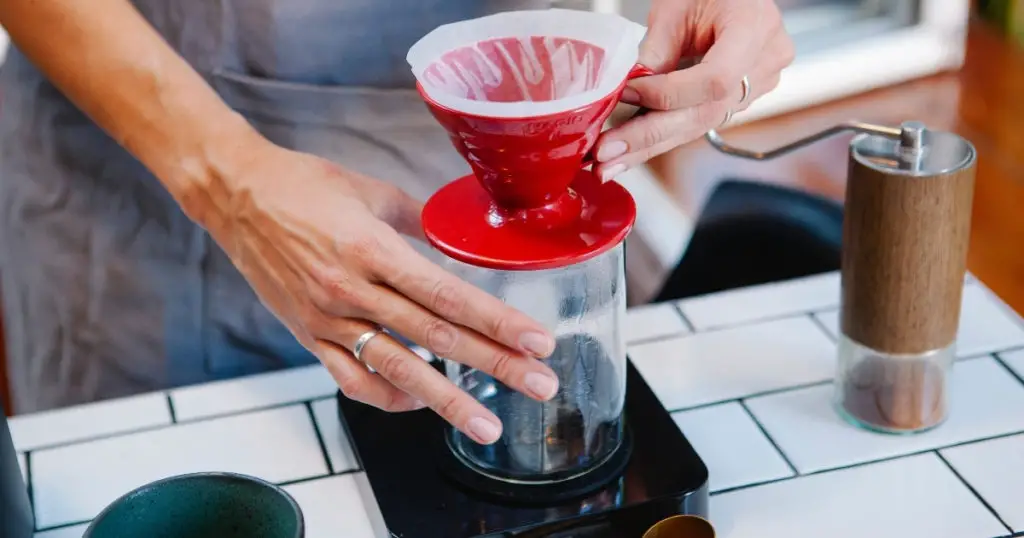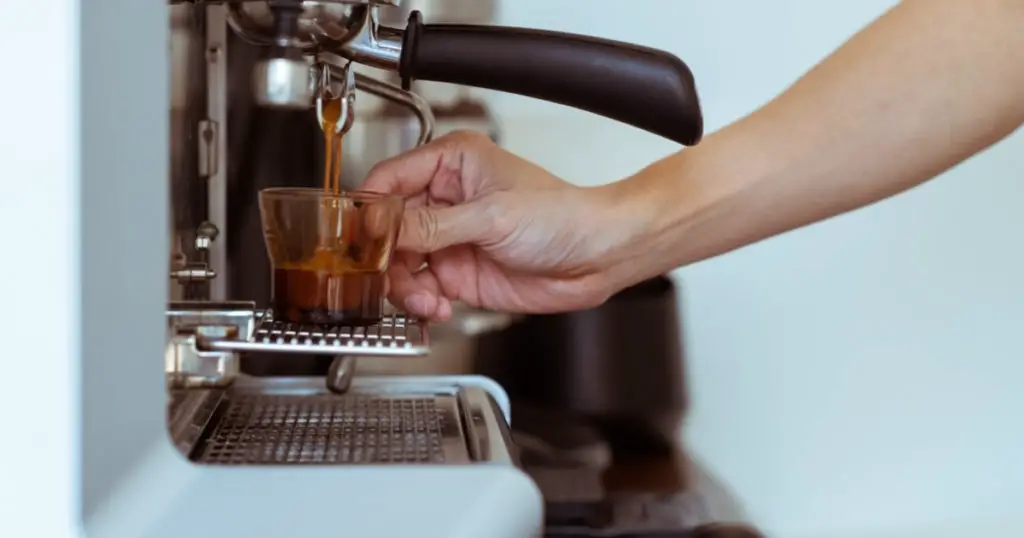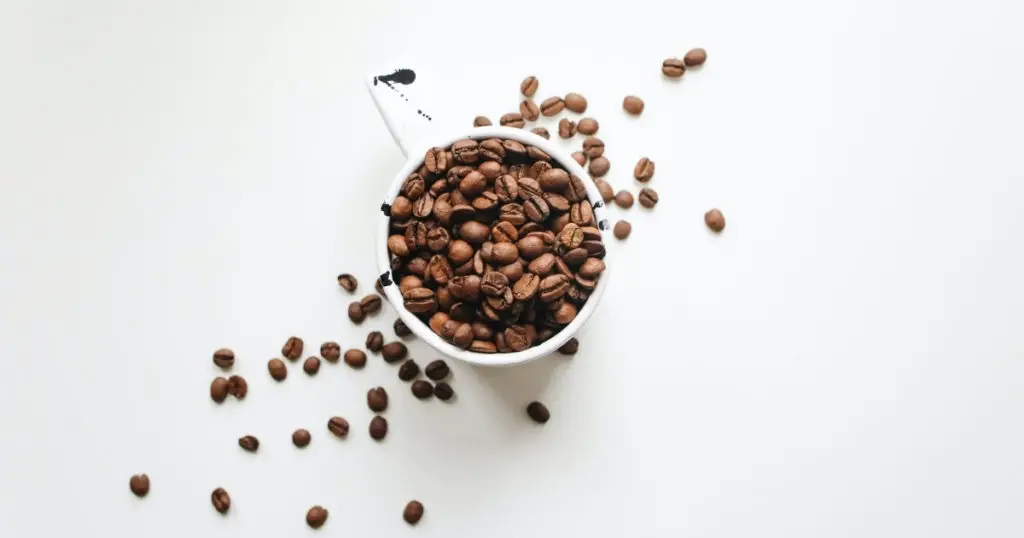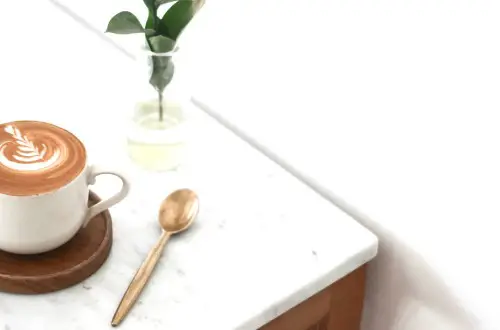Does Espresso Keep You Awake More Than Drip Coffee And Instant Coffee?
I’ve been a coffee consumer for a very long time, hitting up the local coffee haunts in my area to give me my morning buzz, but I’ve always been curious as to which big brown beautiful cup of goodness is going to keep me awake the longest, I mean is there an actual difference or is it a placebo? especially on mornings when I would love nothing more but to sleep all day. I like my espresso, but my friends swear by drip coffee and instant, so I decided to conduct some research and write a post with my findings.
The question pending is will espresso keep you awake more than drip coffee and instant coffee? My findings found that an average 1.5-ounce shot of espresso contains approximately 90-100 mg of caffeine in one cup, where as a cup of drip coffee racks up 128 mg of caffeine and your basic instant coffee contains 57mg in a shot. The answer seems simple enough, drip coffee trumps, right? However, to paint the most accurate picture there are a number of different variables to take into consideration before coming to a final conclusion.
Contents
- 1 What causes the difference in caffeine levels with Espresso, Drip and Instant coffee?
- 2 How do the Brewing Methods Differ?
- 3 How does the concentration of coffee impact caffeine?
- 4 Does the type of coffee bean impact caffeination?
- 5 Is saturation of the bean an important factor in caffeine extraction?
- 6 How does the temperature of the water effect caffeine levels?
- 7 Can the time of extraction play a role in the level of caffeine in your coffee?
- 8 How does the coffee grind effect your coffee brew?
- 9 So, will espresso keep you awake more than drip coffee and instant?
What causes the difference in caffeine levels with Espresso, Drip and Instant coffee?
There is only a limited amount of caffeine that can be extracted from coffee, so what is it that can cause such a difference in the caffeine concentration between drip coffee, espresso and instant coffee and what does it take to extract caffeine from coffee. This could narrow down to the percentage of caffeine yielded from the difference brewing methods of each coffee type.
How do the Brewing Methods Differ?

Drip Coffee
Drip coffee is made with beans that are more coarsely ground than espresso coffee. A dripping device is used to drip boiling water over the ground coffee beans, slowly filtering through into a little glass jar. You can imagine this is quite a slow process in comparison to espresso shots and instant coffee, but this gives the boiling water more contact with the grind and therefore extracts more caffeine than an espresso shot or instant.
Espresso
Espresso beans are finely ground, much finer than that of drip coffee beans. The consistency of the espresso bean is comparable to powdered sugar really. The finer the coffee is ground, the slower it takes to come through the head of the coffee machine. For the best shot of espresso coffee, the water should take roughly 25- 29 seconds for the to pass through the coffee grind. If this is slightly off, you are able to adjust the grind, to control the speed of extraction.
Instant
Instant coffee is similar to drip and espresso in that they share the same origins, however, instant differs in that it is made from dehydrated fresh coffee which has been brewed and then left to dry out to make a powder that can be rehydrated, just add hot water and it will completely dissolve, brewing in a mug without any fancy pants equipment required. The consumer has most control over the measurements and serving size of this type of coffee as it is the only one stored in the kitchen at home.

How does the concentration of coffee impact caffeine?
A very common belief, in regard to coffee is that an espresso shot has more caffeine than drip coffee, I mean you always see those coffee enthusiasts shooting back an espresso first thing in the morning. However, when it comes down to crunching numbers regarding the amount of caffeine in a coffee, the drip coffee actually has a larger quantity. One 12-ounce drip coffee has 120 mg compared to a 2-ounce double espresso shot which holds 80mg and then there is the instant coffee which has 35mg in a 120ml cup but surely this doesn’t seem like a very fair or accurate comparison, given the different volume sizes of them all, the concentration per ounce would need to be examined.
A single shot of expresso has approximately 40mg of caffeine per ounce, whereas an instant coffee cup has 7.4gm per ounce and drip coffee contains 10mg per ounce. If you look at it in this way, by concentration, it will seem the espresso shot has the most caffeine. However, it’s the serving size where the inconsistency lies. There would be less caffeine in the espresso if you looked at it as a whole beverage. Then again though it may appear to have less caffeine, how quickly is it consumed in contrast to an instant coffee and drip coffee. A shot of espresso is consumed much faster and the caffeine absorbs quicker in such a concentrated dosage, therefore it hits your central nervous system at a faster rate than if you were to slowly sip on your drip coffee or instant cup of coffee for half an hour. There is some truth to the hypothesis when the time of consumption and the concentration is considered.
Does the type of coffee bean impact caffeination?
Specialty coffee roasters use Arabica or Robusta beans to make instant, drip and espresso. Arabica is full of flavour with a lighter roast and Robusta is a little bit more bitter and is dark roast. A lot of coffee drinkers believe that the dark roast could be stronger and contain more caffeine than a light roast coffee bean, but how wrong this assumption is. The amount of caffeine remains the same throughout the stages of the roasting process. The main difference of change when roasting is the flavour. The dark roast coffee beans have been roasting for a longer period of time than the light roasted beans, therefore the taste is strong, but can sometimes be over roasted or even burnt. When this occurs the level of caffeine in the beans decreases. So, the dark roast is just darker, but not stronger.
Those who go in search for a strong caffeine hit opt for the dark roast because it has a more powerful flavour and they associate the bitter flavour with extra strength and more caffeine, but that is a myth. The light roasted beans have the same amount of caffeine. There is one exception to the rule though, if you measure dark roast coffee and light roast coffee by the scoop you will find that the light roast actually contains a tiny bit more caffeine only because the beans are dense, dark roast has less mass because it’s been roasted for a longer period of time.

Is saturation of the bean an important factor in caffeine extraction?
Saturation is an important factor when it comes to caffeine available as the grind needs to be 100% saturated in order to extract all the available caffeine.
How does the temperature of the water effect caffeine levels?
The hot water acts as the solvent when it comes to making coffee. The perfect temperature for the water is almost boiling, at approximately 95-105°C. This is imperative as the temperature of the water is what makes the difference in the rate of extraction of caffeine from the bean. If the water temperature isn’t at a near boiling temperature than the coffee shot will not be as strong.
Can the time of extraction play a role in the level of caffeine in your coffee?
The time of brewing an espresso is approximately 20-30 seconds, however the extraction for the drip coffee is longer and has more contact with the grind, therefore can extract more and instant coffee dissolves almost completely when the boiling water enters the cup it brews in.
How does the coffee grind effect your coffee brew?
The grind of the coffee can impact how fast the caffeine is extracted. The finer the grind is, the easier it is to extract the caffeine. The water saturates the surface area of the grind with a greater contact area. This is being said for expresso, as previously mentioned the drip process is slower, therefore utilises a coarser grind that is deemed appropriate for maximum contact with the coffee over a longer period of time.
If the coffee is under extracted, it means the grind is too coarse and over extraction occurs when the grind is too fine. So, it’s a very delicate dance ensuring the grind is just right to extract the appropriate amount of caffeine. I mean you could saturate a bean with water, and the caffeine will ultimately be pulled from it, but that would take forever.
Espresso shots utilise pressured water when extracting a shot, which is more ground coffee than what is used in drip coffee, resulting in a higher concentrated dose of caffeine in comparison to a drip coffee. Instant on the other hand is made with dehydrated coffee which can then be rehydrated at the consumers disposal. It is brewed in a cup and the extraction is pretty consistent because the grind dissolved in the boiling water.

So, will espresso keep you awake more than drip coffee and instant?
As you might have already gathered, it is really tough to come up with a very clean answer regarding will espresso keep you awake more than drip coffee and instant coffee? because there is a lot of varying factors to consider that are associated with the amount of caffeine extracted from coffee.
There is no precise answer regarding how much caffeine is in your coffee. You’d need to consider the coffee type, the bean, how long it has been brewed, the temperature of the water and the roasting time because these all play a huge part in getting the caffeine from the coffee bean.
The answer would really come down to the dosage. When you drink an espresso, it contains less caffeine, but you drink it quickly and it goes straight to your central nervous system to give you a caffeine buzz. Whereas there is more caffeine in a drip coffee, due to the contact the water has with the coffee as it extracts, but you drink it slower than an expresso or an instant. Instant has the least amount of caffeine per ounce, but the consumer has control over the spoonful amount in the cup and also how much milk and water they choose to add to the coffee as well as how many servings they have.
Take a look at our home coffee machine reviews next and find the perfect option for your home!





